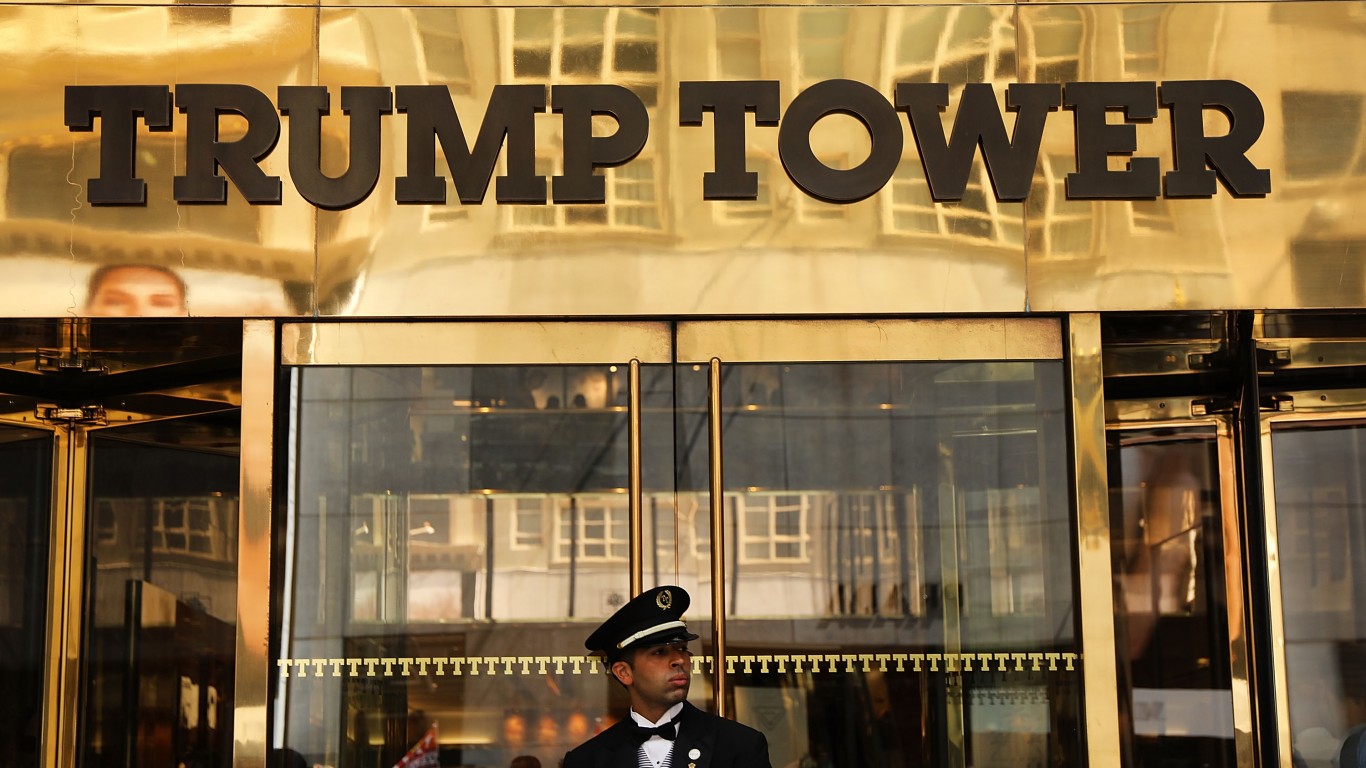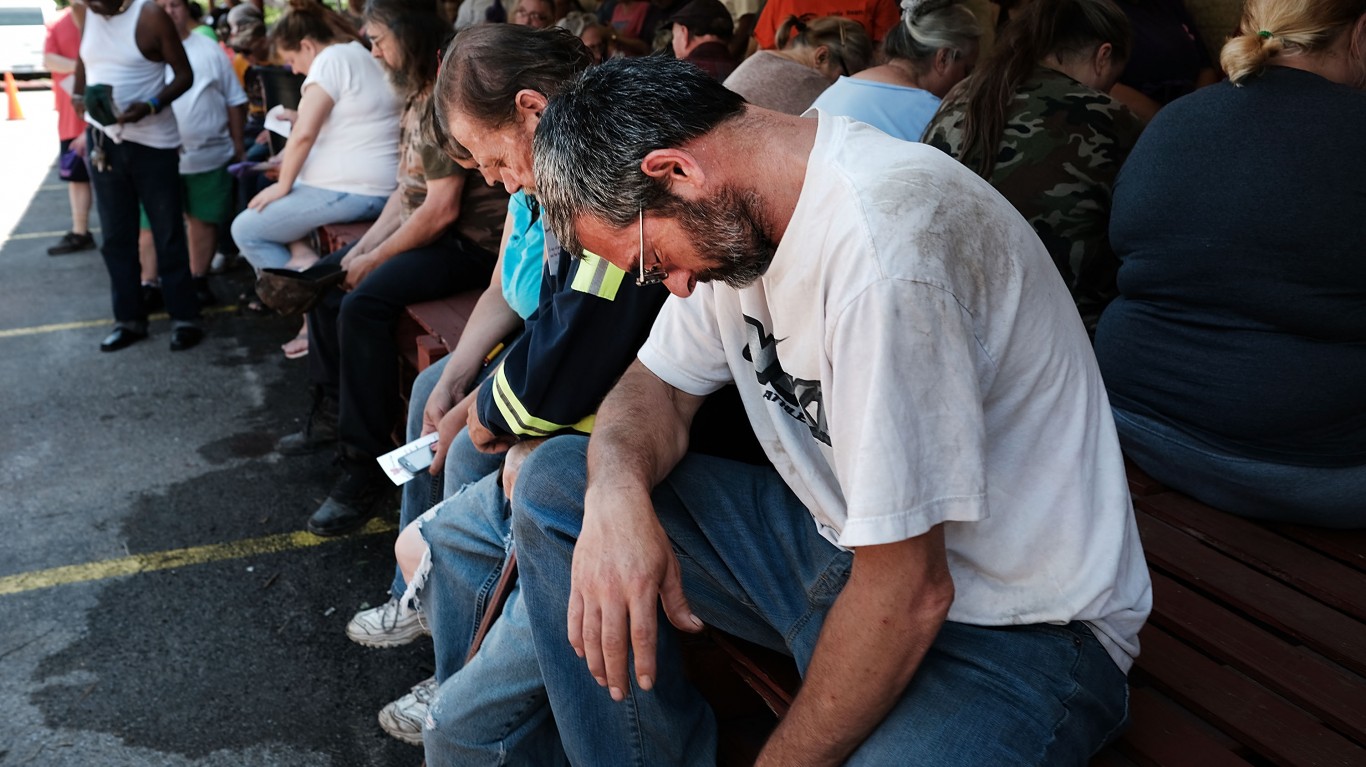
The issues of income inequality have been on the front pages a great deal recently. Congress considered a special tax on the 700 American families that are billionaires. It was never clear who came up with the numbers. Recently, the Census Bureau released its “Income, Poverty and Health Insurance Coverage in the United States: 2020”. It showed 11.4% of Americans live in poverty, which translates into 37.2 million people. Almost all evidence points to the gap between the rich and poor widening. Part of this has been fueled by the tremendous run-up in the stock market.
Hope remains that the chasm between people who cannot afford adequate food and shelter and those who own their own jets can be narrowed by changes in the tax code. Once, again, while that has been part of legislative efforts for decades, it has had no meaningful effect.
Income inequality varies considerably across the country, and in some U.S. counties, the problem is far more pronounced.
Using data from the U.S. Census Bureau’s 2019 American Community Survey, 24/7 Wall St. identified the county with the widest income gaps. Counties and county equivalents are ranked by their Gini coefficient, a measure of income inequality based on the distribution of income across a population on a 0 to 1 scale — 0 representing perfect equality and 1 representing the highest possible level of inequality.
Among those we considered, Gini scores are as high as 0.707 — well above the national Gini coefficient of 0.482. Most of these locations are overwhelmingly concentrated in the South.
The causes behind rising inequality are complex and varied. A report published by the National Bureau of Economic Research ties the rising disparity to a range of economic factors, including globalization, technological advancement, a stagnant minimum wage, and the decline of labor unions.
The county with the greatest income inequality is East Carroll Parish, Louisiana. Here are the details:
> Gini index: 0.707
> Avg. household income, top 20%: $213,036 — 368th highest of 3,009 counties
> Avg. household income, bottom 20%: $2,806 — 5th lowest of 3,009 counties
> Share of all income in East Carroll Parish that went to top 20%: 72.5% — the highest of 3,009 counties
> Share of all income in East Carroll Parish that went to bottom 20%: 1.0% — 2nd lowest of 3,009 counties
> Median household income: $22,346 — 3rd lowest of 3,009 counties
‘
Methodology: To determine the county with the widest income gaps in the nation, 24/7 Wall St. reviewed five-year estimates of the Gini Index of income inequality from the U.S. Census Bureau’s 2019 American Community Survey.
The Gini Index of income inequality summarizes income dispersion in an area on a scale from 0 to 1. A value of 0 indicates perfect equality — everyone in the area receives an equal share of income. A value of 1 indicates perfect inequality — only one recipient receives all the income.
Of the 3,220 counties or county equivalents, 3,142 had boundaries that fell within one of the 50 states or the District of Columbia.
Counties were excluded if the Gini Index was not available in the 2019 ACS, if there were fewer than 1,000 housing units, or if the sampling error associated with a county’s data was deemed too high.
The sampling error was defined as too high if the coefficient of variation — a statistical assessment of how reliable an estimate is — for a county’s Gini Index was above 15% and greater than two standard deviations above the mean CV for all counties’ Gini Indices. We similarly excluded counties that had a sampling error too high for their population, using the same definition.
The remaining 3,009 places were ranked based on their Gini Index. To break ties, we used the share of aggregate household income earned by the top 20% of households.
Additional information on average household income by quintile, share of aggregate household income by quintile, and median household income are also five-year estimates from the 2019 ACS.
Click here to read U.S. Countries With The Wides Income Gaps
Are You Ahead, or Behind on Retirement? (sponsor)
If you’re one of the over 4 Million Americans set to retire this year, you may want to pay attention.
Finding a financial advisor who puts your interest first can be the difference between a rich retirement and barely getting by, and today it’s easier than ever. SmartAsset’s free tool matches you with up to three fiduciary financial advisors that serve your area in minutes. Each advisor has been carefully vetted, and must act in your best interests. Start your search now.
Don’t waste another minute; get started right here and help your retirement dreams become a retirement reality.
Thank you for reading! Have some feedback for us?
Contact the 24/7 Wall St. editorial team.




